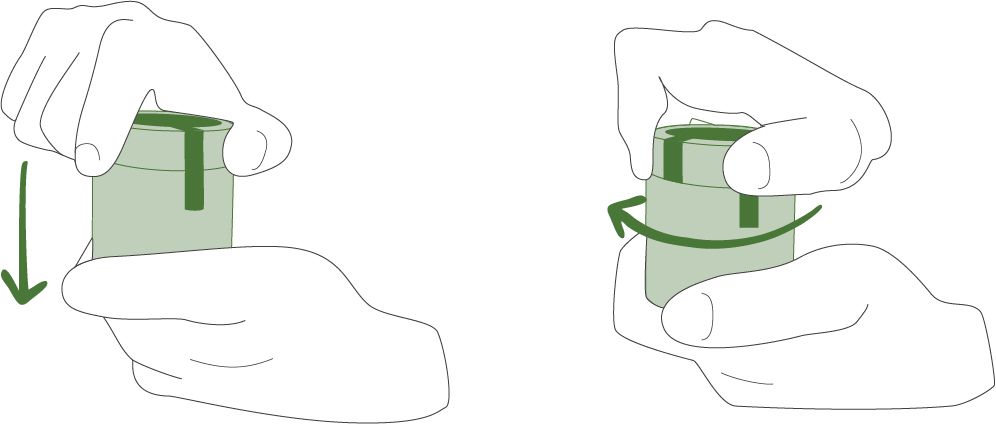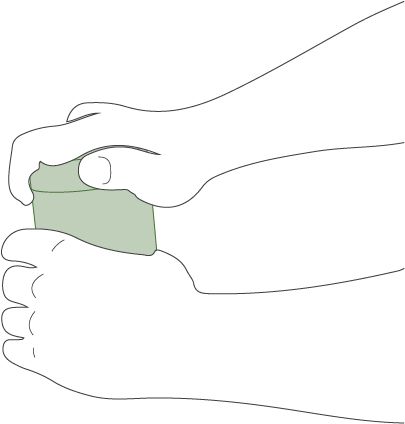The Truth About California Cannabis Packaging. The use of marijuana is not a new thing, in fact throughout ancient times, there are records of civilizations using this plant for several different reasons. California first legalized the use of medical marijuana over twenty years ago, in 1996. But it was not until twenty years after medical marijuana was legalized did the California people get to vote on legalizing the use of it recreationally. After the fall election in 2016, the possession, cultivation, and use of marijuana for personal reasons were now permitted in the state of California. Beginning the new year of 2018, on January 1st, California allowed the sale and taxation of recreational marijuana. This opened the door for storefronts to freely and legally begin to open and sell marijuana to anyone who is willing to buy and is over the age of 21. But it was not just a free for all, there are restrictions and guidelines that companies must abide by when packaging products.
The guidelines listed below come from the Medicinal and Adult-Use Cannabis Regulations and Safety Act (MAUCRA) which include basic requirements for how cannabis and cannabis products must be packaged for sale. These guidelines apple to all cannabis flowers, pre-rolls, and manufactured cannabis products sold within California.
TAMPER-EVIDENT SEAL

There are four main components to California’s cannabis packaging which must be abided by whenever selling cannabis products. The first component is the tamper-evident seal, this seal informs the consumer if the package has been opened. For example, a package could have a plastic seal around the lid, a sticker connecting the lid to a container, or a lid that pops up after opening. The second component is about child-resistant containers, which must be difficult for children under five years of age to open, but not for adults to use properly. Third, packaging intended for multiple uses must be resealable, and child-resistant after each use. Examples of this include lids, adhesive closure, or box tops closures along with more. Lastly, all edible product packaging must be opaque, meaning not transparent, so consumers cannot see the product through the packaging. Amber-colored bottles are considered opaque.
CHILD-RESISTANT PACKAGING

Child-resistant packaging went into effect on January 1, 2020, requiring all individual products to be in a child-resistant package, often abbreviated to CRP. Want to know if the container qualifies as CRP, it must either be:
Products that can use this type of packaging include:
For the most part, companies can choose any packaging they want to display their product if they follow the guidelines for the product they are selling. They can choose from glass jars, plastic containers, and practically every size and shape imaginable. There are, however, two things that packaging cannot be. The packaging cannot imitate packaging typically used to market towards children, or packaging typically used for non-cannabis food products. Lastly, there are two requirements that packaging must also do. They must protect the product from contamination and exposure to any toxic or harmful substances, which is why lids or resealable ability are so important. Lastly, if a product has multiple layers of packaging, the requirements may be fulfilled using any of the layers.
Those are the basic rules for California regarding the packaging requirements and standards they have set for recreational use of marijuana. Companies like THC Label Solutions make it extremely easy for their clients like you, to select California approved packaging with a peace of mind. Having a vast selection to choose from, they have packaging containers for all your needs. Check out THC Label Solutions today for your next top-line marijuana packaging needs.
*THC Label Solutions provides this document to serve as a guide and not as legal advice. For more information visit the CDPH website for California packaging requirements at www.cdph.ca.gov/mcsb

